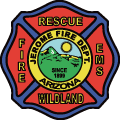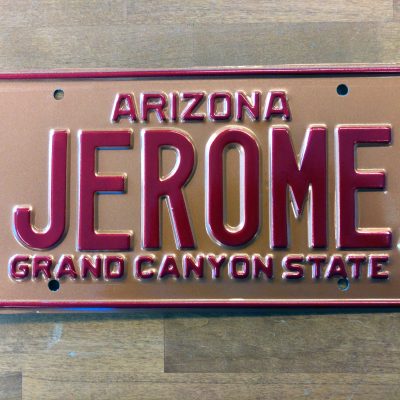
In the spirit of 9-1-1 Education Month, when should you dial 9-1-1? Here are some handy Do’s & Don’ts
Do’s and Dont’s of 9-1-1
Dial 9-1-1 only for an emergency
An emergency is any serious medical problem (chest pain, seizure, bleeding), any type of fire (business, car, building), or any life-threatening situation (fights, person with weapons, etc). You are also urged to call 9-1-1 to report crimes that are in progress, whether or not a life is threatened.
Do not dial 9-1-1 for a non-emergency
Instead, dial a non-emergency telephone number for your agency. A non-emergency incident is a property damage accident, break-in of a vehicle when the suspect is gone, theft of property when the suspect is gone, vandalism, panhandlers, intoxicated persons who are not disorderly, or cars blocking the street or alleys.
Do not pick up the telephone and put it down if you don’t hear a dial tone
You will tie up the telephone network and delay obtaining a line. Stay on the line until you hear the dial-tone. If you hear a fast-busy, all circuits are busy-try again later. If you reach a recording, the telephone system isn’t available for your call-try again later.
Do not program 9-1-1 into your auto-dial telephone
You won’t forget the number, and programming the number invites accidental dialing of the number. Also, please do not dial 9-1-1 to “test” your phone or system. This needlessly burdens the dispatchers and the system with non-emergency calls.
Do stay on the line when asked to hold by a 9-1-1 operator
If you hang up, your call will be delayed because you will be placed at the end of the other callers.
If you dialed 9-1-1 in error, do not hang up
Instead, stay on the line and explain to the dispatcher that you dialed by mistake and that you do not have an emergency. If you hang up, a police officer must be dispatched to confirm that you are OK. This will needlessly take resources away from genuine emergencies.
Briefly describe the type of incident you are reporting
For example, “I’m reporting an auto fire” or “I’m reporting an unconscious person”, or “I’m reporting a shoplifter.” Then stay on the line with the dispatcher-do not hang up until the dispatcher tells you to. In some cases, the dispatcher will keep you on the line while the emergency units are responding so more information can be obtained about the on-going incident.
Do let the call-taker ask you questions
The call-takers have been trained to ask questions that will help prioritize the incident, locate it and speed an appropriate response. Your answers should be brief and responsive. Remain calm and speak clearly. If you are not in a position to give full answers to the call-taker (the suspect is nearby), stay on the line and the dispatcher will ask you questions that can be answered “yes” or “no”.
Be prepared to describe the location of your emergency
Although an Enhanced 9-1-1 system will display your telephone number and location, the call-taker must confirm the displayed address or ask you for more specific location information about your emergency.
If you are a cellular 9-1-1 caller, your telephone number and location may not be displayed
You must be able to describe your location so emergency units can respond. Be aware of your current city, town address, highway and direction, nearby cross-streets or interchanges, or other geographic points of reference.
Cellular 9-1-1 callers are frequently routed to a central PSAP that could be many miles from your locationBe prepared to give the dispatcher your complete location city, town, address or location, inside or outside, what floor or room etc.
Be prepared to describe any vehicles involved in the incident
This includes the color, year, make, model, type of vehicle (sedan, pick-up, sport utility, van, tanker truck, flatbed, etc.). If the vehicle is parked, the dispatcher will need to know the location of the vehicle. If the vehicle is moving, the dispatcher will need to know the last direction of travel.
Be prepared to describe the persons involved in any incident
This includes their race, sex, age, height and weight, color of hair, description of clothing, and presence of a hat, glasses, or facial hair.
Be patient as the dispatcher asks you questions
While you are answering questions, the call-taker is entering or writing down the information. If you are reporting an emergency, most likely a response is being made while you are still on line with the dispatcher.
Listen to the dispatchers instructions for assistance if you are in danger yourself
The dispatcher may tell you to leave the building, secure yourself in a room, or take other action to protect yourself.
Do not hang up until the dispatcher tells you to
Follow any instructions the dispatcher gives you, such as meeting the officers at the door, or flagging down the firefighters at the curb.




